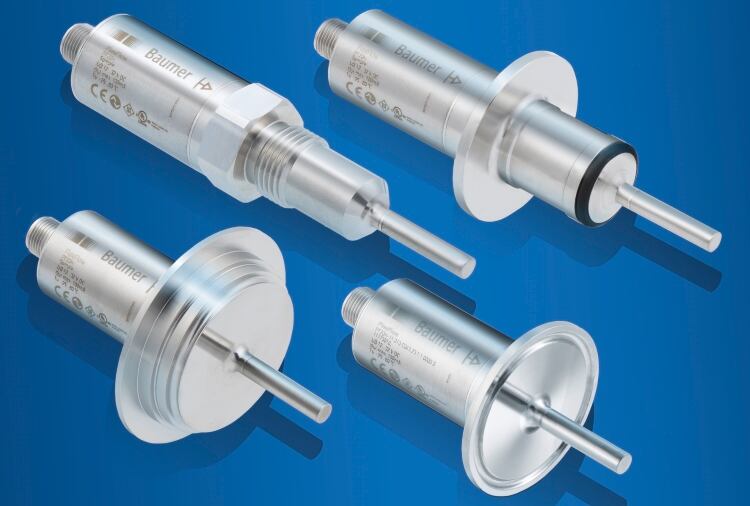This involves the use of the Baumer Flex-Flow sensor, which can measure the temperature of the medium as well as the flow rate. The cost reduction this could achieve in the future quickly made this a worthwhile investment, Arla said.
At its Falkenberg location, Arla Foods produces 20,000 tonnes of cottage cheese each year. Arla Foods satisfies almost the entire cottage cheese demand of the Swedish market and also exports to Finland, Denmark and Greece.
Mattias Abrahamsson, production system manager at Arla Falkenberg, said, “In recent years, we have placed an increasingly strong focus on monitoring the energy consumption of our plants. In certain areas, however, we simply didn´t know where exactly the energy was being used.”
Arla installed the FlexFlow calorimetric flow sensors from Swiss sensor company Baumer at the neuralgic points in the cooling and heating system and used the measurement results to obtain, for the first time, a clear image of the energy consumption.
Because of its commitment to sustainability, Arla said it had already made efforts to reduce energy balance when the plant was designed. It uses the low external temperatures of the Swedish climate to achieve a cooling temperature of 0.5 degrees Celsius for the cooling circuit, which cools the produced cheese from 60 to 30 degrees Celsius.
Yet energy losses that Arla had been unable to localize for some time occurred here as well.
“The potentials of the FlexFlow sensor caught our attention as soon as we heard about them. This sounded exactly like what we had been looking for,” Abrahamsson said.
Martin Leupold, product manager for process sensors at Baumer said the company has been collaborating with Arla Foods since the 1990s.
The cooperation has seen the development of a new process connection for milk production called Baumer Hygienic Connection, and this has optimized cleaning times. The temperature sensors from the CombiSeries product range were also created after collaboration between Arla and the Baumer Development Center in Aarhus in Denmark.
“This close collaboration is allowing us to get to know our customers´ pain points,” Leupold said.
“And we can use that knowledge to develop or suggest products that actually optimize their processes in a sustainable manner.”
To solve the problem of monitoring energy consumption, Arla went with the FlexFlow sensor because it could be integrated into the existing plant and can measure both flow and temperature.
The FlexFlow sensor has a symmetrical and centered design with one sensor element ahead of the sensor tip, which allows the sensor to be optimally installed in the process regardless of installation position and orientation.
The flow sensor also has a stainless-steel housing that accommodates all the electronics, eliminating the need for wiring and control cabinet installation.
“We want our portfolio to make commissioning as easy as it can be for our customers,” Leupold said.
The sensors also have a maximum temperature range of 150 degrees Celsius, which also qualifies it for Sterilization-In-Process (SIP) tasks.
Arla has already installed around 15 of these flow sensors in the cooling circuit and heating system. The plan is now to also integrate these sensors into the CIP return line to monitor and optimize the energy consumption there as well.

